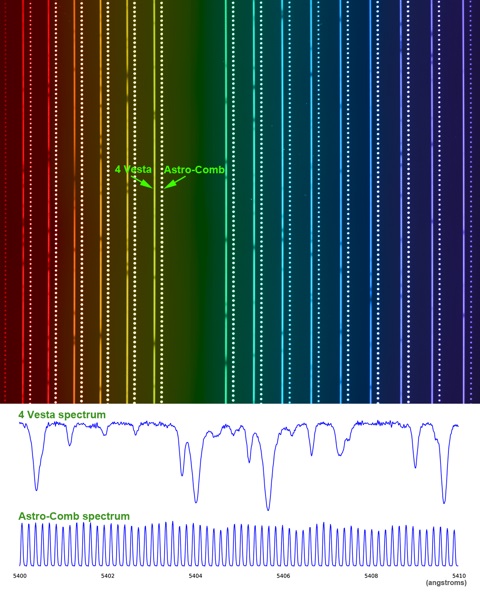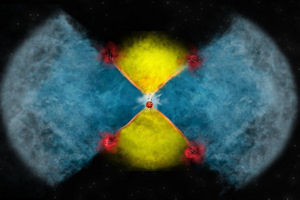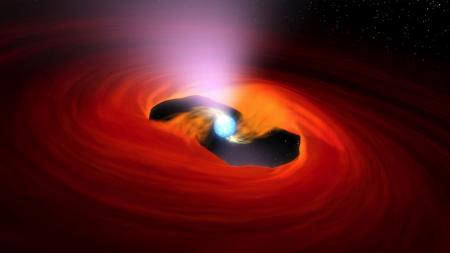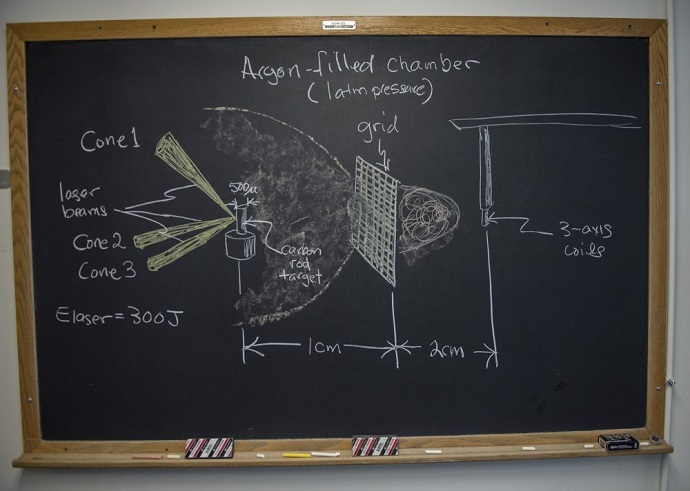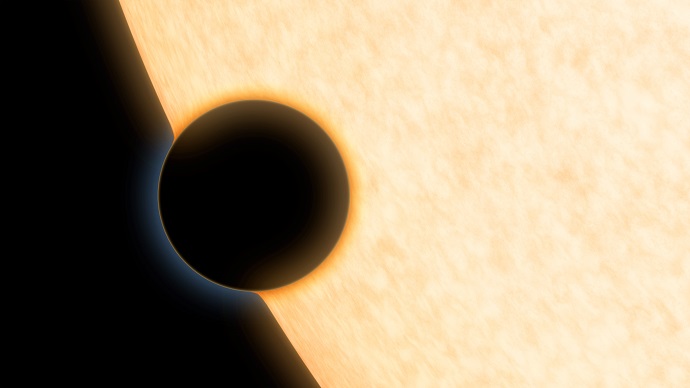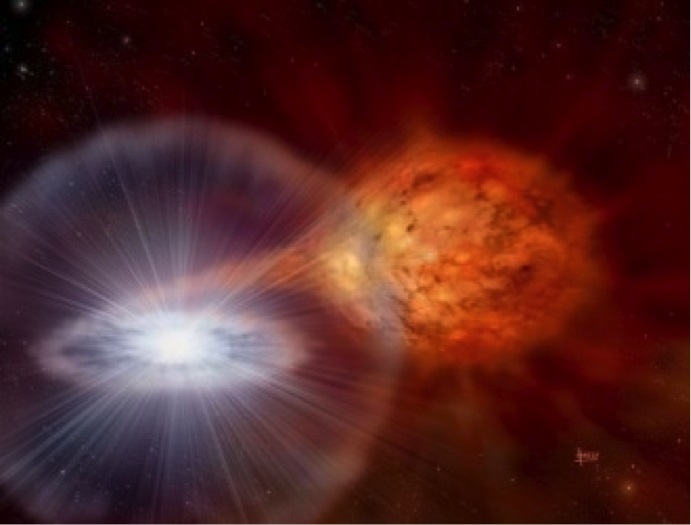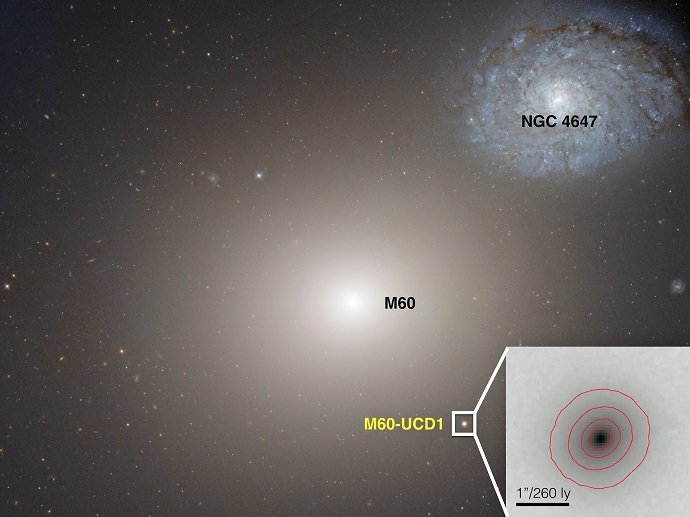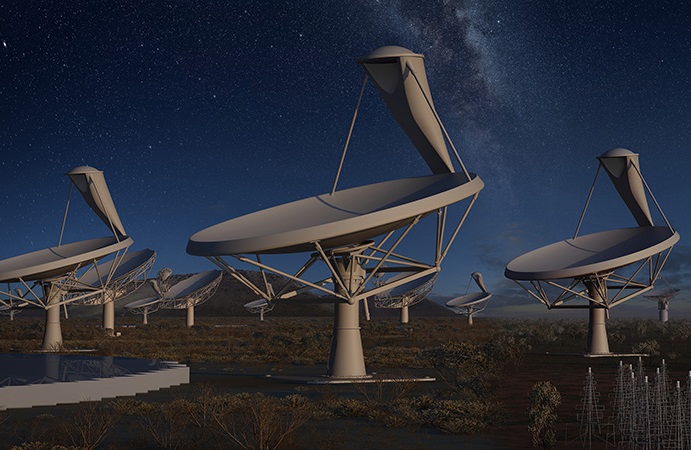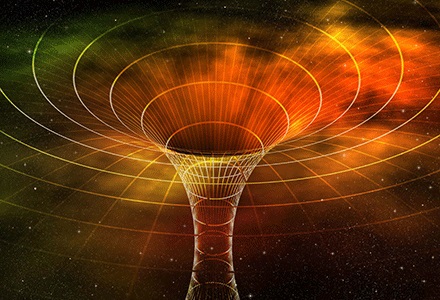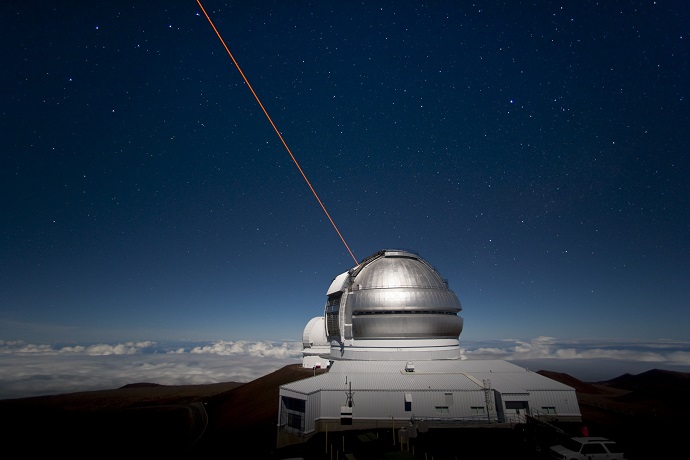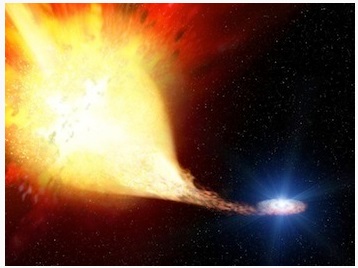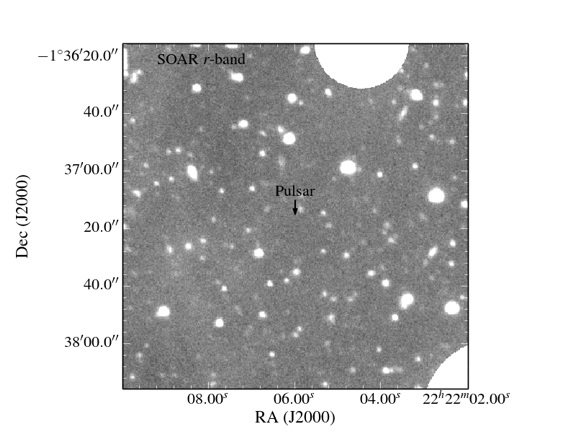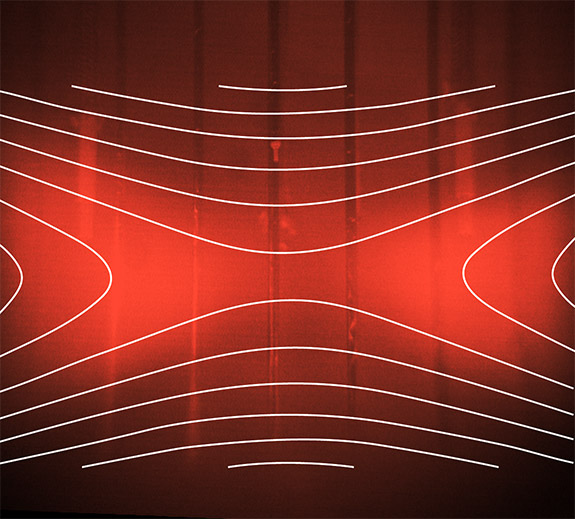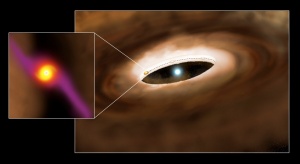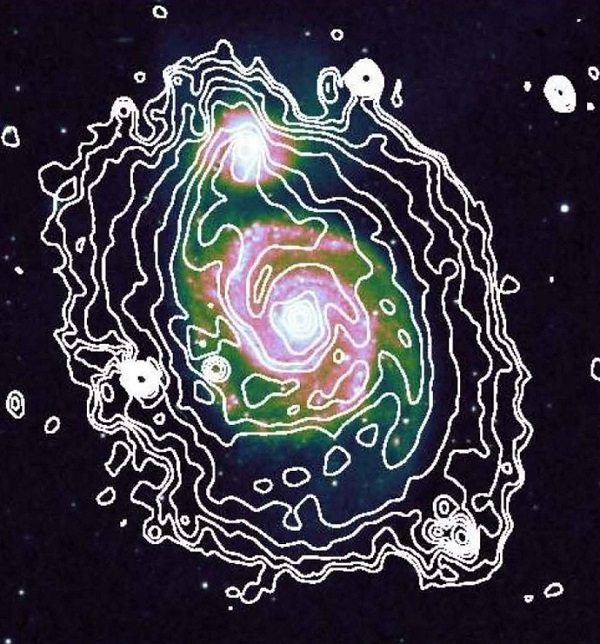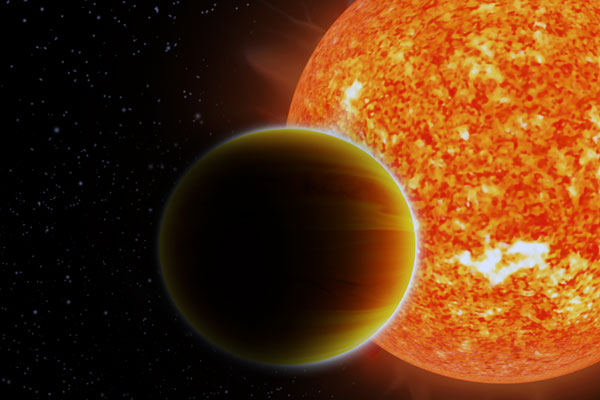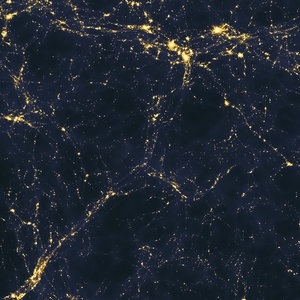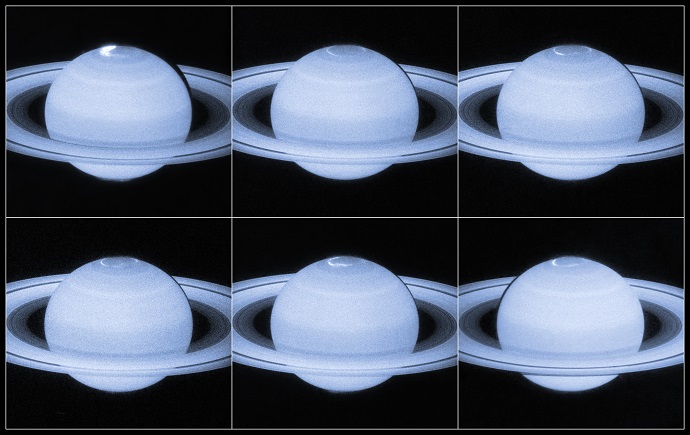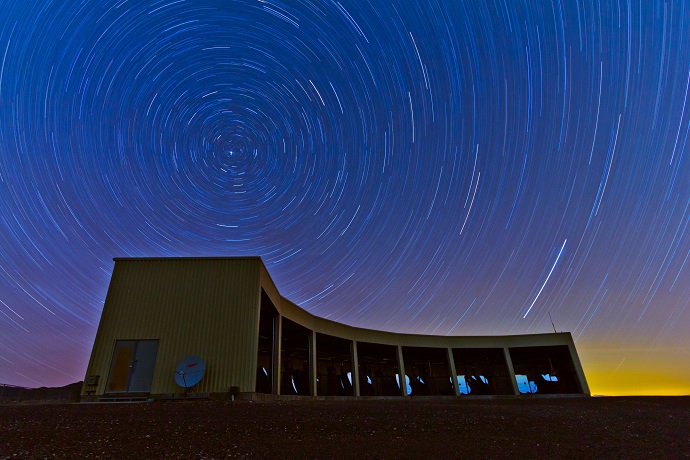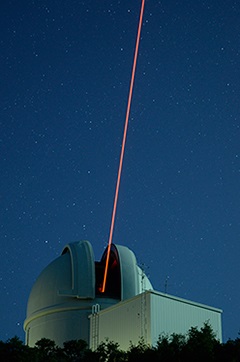
Rediscovering Venus to Find Faraway Earths
New optical device designed to measure gravitational pull of a planet should speed the search for Earth-like exoplanets
As the search for Earth-like planets wages on, a team of researchers from the Harvard-Smithsonian Center for Astrophysic…
Read >>Astronomers see right into heart of exploding star
An international team of astronomers has been able to see into the heart of an exploding star, by combining data from telescopes that are hundreds or even thousands of kilometres apart.
An international team of astronomers has been able to see into the heart of an exploding star, by combining data from te…
Read >>NuSTAR Discovers Impossibly Bright Dead Star
X-ray source in the Cigar Galaxy is the first ultraluminous pulsar ever detected
Astronomers working with NASA's Nuclear Spectroscopic Telescope Array (NuSTAR), led by Caltech's Fiona Harrison, have fo…
Read >>International collaboration replicates amplification of cosmic magnetic fields
Astrophysicists have established that cosmic turbulence could have amplified magnetic fields to the strengths observed i…
Read >>Milestone Reached in Search for Earth-Like Planets
In the quest to learn about planets beyond our solar system, this discovery marks the smallest planet for which scientis…
Read >>Thermonuclear X-ray bursts on neutron stars set speed record
A new study of thermonuclear X-ray bursts on neutron stars reveals that, on very rare occasions, shells can be expelled…
Read >>Smallest Known Galaxy with a Supermassive Black Hole
Many Black Holes May Hide in Dwarf Remnants of Stripped Galaxies
A University of Utah astronomer and his colleagues discovered that an ultracompact dwarf galaxy harbors a supermassive b…
Read >>Turning the Moon into a cosmic ray detector
Scientists from the University of Southampton are to turn the Moon into a giant particle detector to help understand the…
Read >>Carolina’s Laura Mersini-Houghton shows that black holes do not exist
The term black hole is entrenched in the English language. Can we let it go?
Black holes have long captured the public imagination and been the subject of popular culture, from Star Trek to Hollywo…
Read >>Supersized black hole found in ultra small galaxy
A supermassive black hole discovered in an ultracompact dwarf galaxy has prompted researchers to question if similar mas…
Read >>Igniting a supernova explosion
High-energy observations with the INTEGRAL space observatory have revealed a surprising signal of gamma-rays from the su…
Read >>The Coolest Known White Dwarf: A Diamond in the Sky?
A team of astronomers has identified possibly the coldest, faintest white dwarf star ever detected. This ancient stellar…
Read >>PPPL scientists take key step toward solving a major astrophysical mystery
Magnetic reconnection in the Earth and sun's atmospheres can trigger geomagnetic storms that disrupt cell phone service,…
Read >>Evidence of forming planet discovered 335 light years from Earth
An international team of scientists led by a Clemson University astrophysicist has discovered new evidence that planets…
Read >>First LOFAR observations of the “Whirlpool Galaxy”
Using a radio telescope with frequencies just above those of commercial FM radio stations, a European team of astronomer…
Read >>News from Jupiter-like planets: it's drier than we thought
"These results challenge our current understanding of planet formation"
A team of astronomers has made the most precise measurements yet of water vapour in the atmospheres of Jupiter-like plan…
Read >>What lit up the universe?
New research from UCL shows we will soon uncover the origin of the ultraviolet light that bathes the cosmos, helping sci…
Read >>“Smoking gun” evidence for theory that Saturn’s collapsing magnetic tail causes auroras
Saturn’s auroras are caused by the same phenomenon which leads to dramatic auroral displays on Earth, University of Leicester research shows
University of Leicester researchers have captured stunning images of Saturn’s auroras as the planet’s magnetic field is…
Read >>A Hotspot for Powerful Cosmic Rays
PHYSICISTS A STEP CLOSER TO FINDING MYSTERIOUS SOURCES
An observatory run by the University of Utah found a hotspot beneath the Big Dipper emitting a disproportionate number o…
Read >>Laser-wielding robot probes exoplanet systems
Laser adaptive optics systems are used by terrestrial telescopes to remove the image-blurring effects of Earth’s turbule…
Read >>
There are 385 articles in Astronomy & Space
Astronomy & Space Archive
